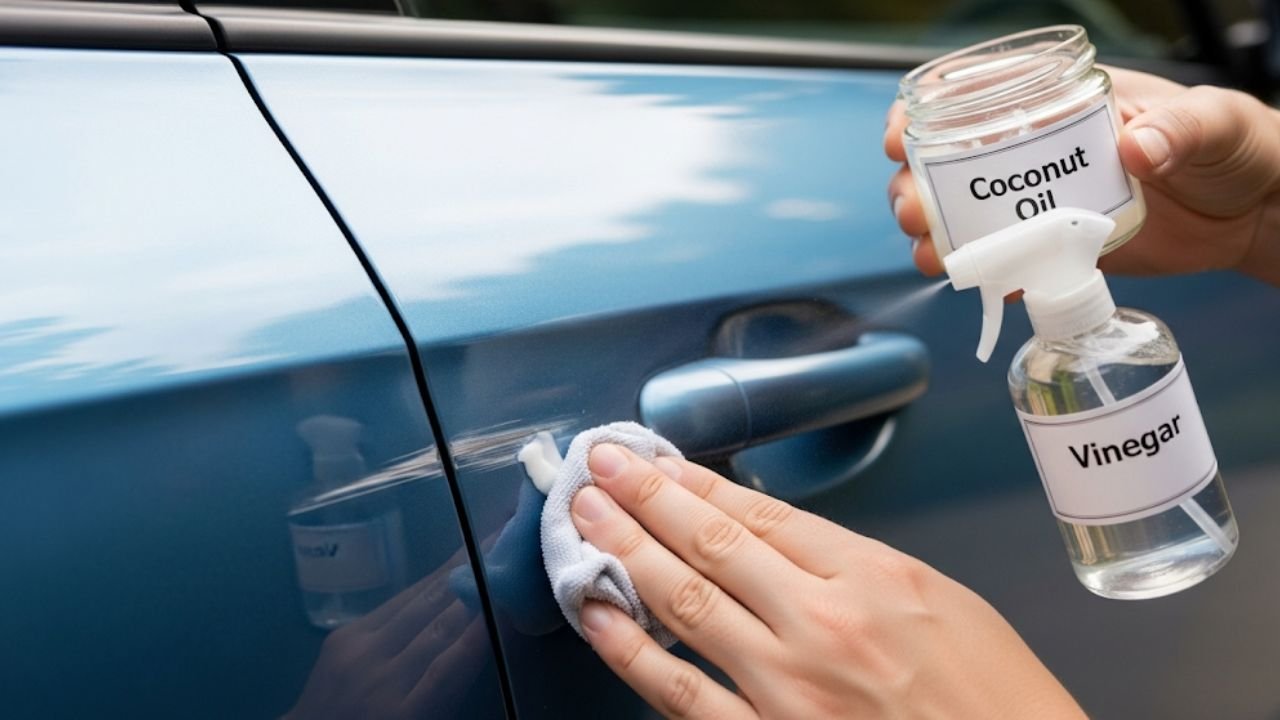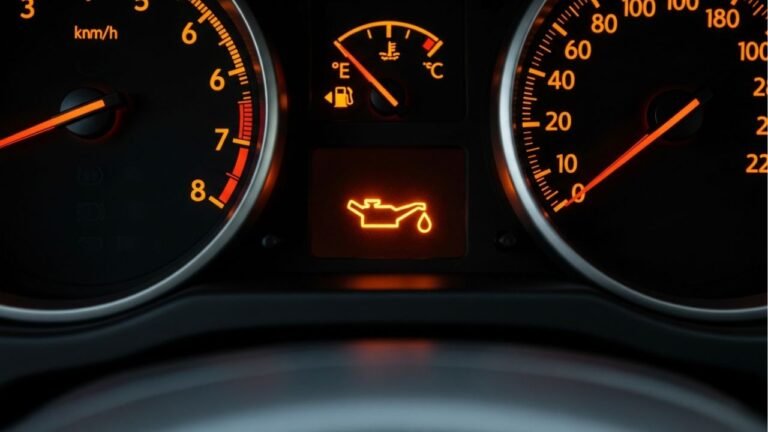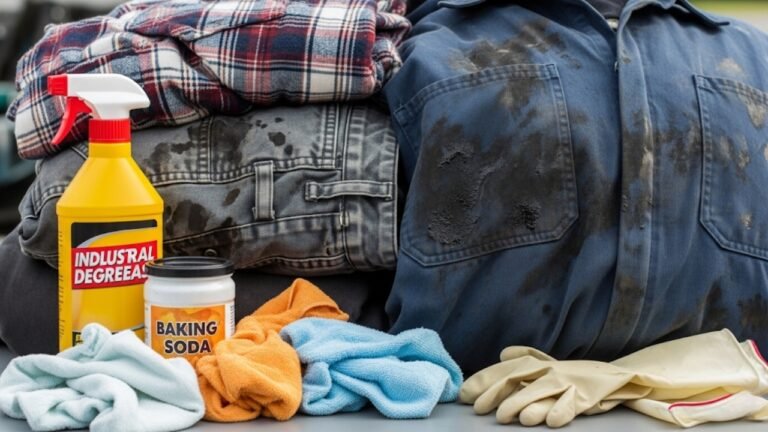Can Coconut Oil and Vinegar Fix Car Scratches?

We’ve all been there. You’re walking up to your car, coffee in hand, ready to tackle the day—and then you see it. A scratch. Long or small, fresh or faded, it messes with your mood. If you’re like most of us, your first thought isn’t calling a body shop. It’s more like: “Can I fix this myself without spending a fortune?”
What if I told you that something as simple and humble as coconut oil and vinegar on car scratches might actually make a difference? I know, it sounds like something out of a life hack video gone too far. But let’s explore this curious combo with a dash of skepticism, a pinch of science, and a good helping of real-life experience.
The Emotional Toll of Car Scratches (Let’s Be Honest)

-
You might feel embarrassed driving it around.
-
You’re probably worried about resale value.
-
You may even be thinking, “Did I do that? Or was it someone else?”
We’ve all been there, running our fingers over the mark, hoping it’s just dirt. When it’s not, it’s easy to panic or overreact. But the good news is: not every scratch needs a pro. That’s where natural remedies like coconut oil and vinegar come into the picture.
Why People Are Turning to Natural Car Scratch Fixes
There’s been a growing movement lately—a shift away from expensive, chemical-heavy auto products toward more eco-friendly, DIY solutions. It’s not just about saving money. It’s also about using safer, household items that you probably already have in your kitchen.
And when it comes to natural ingredients, coconut oil and vinegar have become the DIY darlings. Together, they form an unlikely tag team that may help with minor surface blemishes on your car.
Here’s why people love natural fixes:
-
They’re affordable and easy to try.
-
There’s no risk of making things worse.
-
They’re great for those tiny marks that don’t justify a full repair job.
So, Does Coconut Oil and Vinegar Really Work on Car Scratches?
Let’s get real for a moment. No DIY trick can magically erase deep gouges or paint chips. That said, for light surface scratches, oxidation, and dull spots, the combination of coconut oil and vinegar on car scratches has gained attention for a reason.
What each ingredient brings:
| Ingredient | Purpose | How It Helps |
|---|---|---|
| Coconut Oil | Natural lubricant and shine enhancer | Fills micro-scratches, gives glossy look |
| White Vinegar | Mild acid and cleaner | Breaks down oxidation and dirt |
When combined in a light rub, they may visibly reduce minor scuff marks, especially those that haven’t penetrated the clear coat of the paint.
How to Use Coconut Oil and Vinegar on Car Scratches
Okay, let’s walk through this like we’re standing in your garage together, sleeves rolled up, bottle of vinegar in one hand, coconut oil in the other.
What You’ll Need:
-
2 tablespoons of coconut oil (organic, if possible)
-
1 tablespoon of white vinegar
-
Soft microfiber cloth
-
Warm water
-
Mild dish soap (for pre-cleaning)
Step-by-Step Instructions:
-
Clean the Area: Mix water and a little dish soap. Gently wash the scratched area to remove dust and debris. Dry completely.
-
Mix the Ingredients: In a small bowl, combine coconut oil and vinegar. Stir until it blends smoothly.
-
Apply Gently: Dab a microfiber cloth into the mixture and rub it gently over the scratch in a circular motion.
-
Buff and Polish: Use a clean part of the cloth to buff the area. You’ll notice a subtle shine and sometimes, the scratch fades visibly.
-
Repeat if Needed: For better results, try this once a week for light blemishes.
Important: This won’t fix deep paint damage—but for surface scuffs and dullness? It’s surprisingly effective.
Real Talk: When It Works and When It Doesn’t
Let’s not sugarcoat it. Sometimes, this trick works like magic, and other times… not so much. So how do you know if it’s worth trying?
It works best for:
-
Hairline scratches
-
Oxidation spots
-
Surface dullness
-
Swirl marks from automatic car washes
But it won’t help much if:
-
The scratch cuts through to the primer or metal.
-
The paint has peeled or is flaking off.
-
There’s rust or exposed layers underneath.
Think of coconut oil and vinegar on car scratches like a homemade band-aid. It doesn’t replace a doctor, but it’s perfect for those little bumps and bruises.
Why Coconut Oil? It’s More Than a Cooking Staple
We usually associate coconut oil with skincare, cooking, or maybe even hair masks. But on your car? Yep, there’s a method to the madness.
Coconut oil is rich in fatty acids that make it slippery and spreadable. When applied to paint, it fills in light grooves and scratches, helping them reflect light more evenly. The result? A glossier, smoother finish.
Plus, it adds a subtle layer of protection from dust and water—kind of like a mini wax treatment without the chemicals.
Vinegar: The Gentle Cleanser You Didn’t Know Your Car Needed
White vinegar has been the go-to household cleaner for generations. It’s mildly acidic, which means it can gently dissolve grime, oxidation, and residue without hurting your paint—especially when diluted or mixed with oil.
When used with coconut oil, vinegar helps “prep” the scratch, lifting dirt from inside the grooves so the oil can do its work.
It’s a natural one-two punch—vinegar cleans, oil nourishes. Together, they can make your car look like it just got a $20 detailing job at home.
A Cultural Story: From Dhaka Streets to Rural Remedies
Let me tell you a little story from back home. In parts of rural Bangladesh, where fancy car care products are rare, people have always leaned on natural wisdom. I remember a neighbor in Dhaka—Uncle Karim—who swore by mustard oil and lime for cleaning his rickshaw’s painted panels.
It wasn’t just about money. It was tradition, passed down through generations. These home remedies came with stories and shared memories. Today, trying coconut oil and vinegar on car scratches feels like a modern twist on that same spirit—resourceful, simple, and beautifully human.
When Should You Still Go to a Pro?
Let’s be practical. Not every scratch can—or should—be fixed at home. Sometimes, calling in a professional is the safest move.
Go to a pro when:
-
The scratch is deep or rusting.
-
You’re prepping for resale and want top value.
-
It’s on a leased vehicle where return condition matters.
But for everyday use, trying this home method can help your car look clean, shiny, and loved—without the price tag.
DIY vs. Store-Bought Scratch Removers: How Does It Compare?
We get it—there are shelves full of car care products, each promising to make your vehicle shine like a showroom model. But how does using coconut oil and vinegar on car scratches measure up?
Let’s put them side-by-side in a quick breakdown:
| Feature | Coconut Oil & Vinegar | Store-Bought Scratch Removers |
|---|---|---|
| Cost | Low (kitchen items) | Moderate to High |
| Ease of Use | Very Easy | Easy to Moderate |
| Eco-Friendliness | 100% Natural | Varies (many use chemicals) |
| Effectiveness (light scratches) | Moderate | High |
| Effectiveness (deep scratches) | Low | Medium (needs multiple uses) |
| Risk of Paint Damage | Very Low | Moderate if used improperly |
What you’ll notice is that for small jobs, the natural method isn’t just convenient—it’s gentler, safer, and eco-smart. It might not win over every deep scratch, but it sure holds its own for cosmetic touch-ups.
Common Myths About Car Scratches and Natural Fixes
Let’s pause here and clear up a few things. There’s a lot of bad advice floating around online, and we’ve all been tempted to try a quick fix. So before you reach for toothpaste or a banana peel (yes, really), let’s sort the fact from fiction.
Myth #1: “Toothpaste fixes all scratches.”
Truth: Toothpaste can reduce fine swirl marks only because it’s a mild abrasive. But it can also damage clear coat if overused.
Myth #2: “WD-40 removes scratches permanently.”
Truth: It may hide them temporarily by filling them in—but it doesn’t actually fix anything. After a wash, it’s gone.
Myth #3: “If you can’t feel it with your fingernail, it’s not serious.”
Truth: This is somewhat true—surface scratches are more cosmetic. But even light ones can oxidize over time, especially if ignored.
Myth #4: “Home remedies like coconut oil and vinegar on car scratches are just internet hype.”
Truth: When done right, these ingredients can reduce visibility of minor imperfections, making your car look cleaner and better cared for.
Pros and Cons of Coconut Oil and Vinegar for Car Scratches
Here’s a quick snapshot of the upsides and downsides to keep things balanced:
Pros:
-
✅ Inexpensive and accessible
-
✅ Easy to apply with no tools needed
-
✅ Safe for most car finishes
-
✅ Doubles as a cleaner and polish
-
✅ Eco-friendly, no toxic runoff
Cons:
-
❌ Only works on light surface scratches
-
❌ Not a permanent solution
-
❌ Might leave residue if overused
-
❌ Doesn’t protect against further damage or rust
It’s kind of like using coconut oil on dry skin. It nourishes, smooths, and makes you feel better—but it’s not a replacement for deeper treatment when needed.
Real-World Testimonials: What People Are Saying
You know a hack’s legit when people from all walks of life swear by it. Here are some genuine reactions from car owners who’ve tried coconut oil and vinegar on car scratches:
️ “My 10-year-old Honda had ugly swirl marks from years of car washes. I gave this a try out of desperation—and wow. The paint looked so much fresher!” — Maria, teacher, New Jersey
️ “I wasn’t expecting a miracle, but it actually blurred a couple of light scuffs near the door. For a zero-cost fix, it’s worth trying.” — Jamal, rideshare driver, Dhaka
️ “It didn’t remove the scratch completely, but it made it WAY less visible. And my car smells like coconut now, which is weirdly nice.” — Andrew, college student, UK
These aren’t paid testimonials or commercial hype—just everyday people discovering that sometimes, the simplest tricks really do help.
FAQs About Coconut Oil and Vinegar on Car Scratches
Here are some of the most frequently asked questions—with straight, no-fluff answers.
1. Can coconut oil and vinegar damage my car’s paint?
No. They are both safe for surface use if applied gently. Just don’t leave vinegar sitting on the paint for too long without buffing.
2. How often should I apply it?
Once every few weeks is fine. Overuse may leave oily residue. Always clean the area before applying again.
3. Will this work on deep scratches?
No. This method only works for surface-level blemishes. If you can feel the groove with your nail, you likely need a professional touch-up.
4. Does it remove scratches or just hide them?
It mostly hides light scratches by filling them in and improving reflection. The scratch may still be there but becomes less visible.
5. Can I use it on any car color?
Yes! It works with all paint colors, though results are more visible on darker tones.
6. Is it safe for clear coats?
Yes, when used sparingly. Always test on a small area first.
7. Can I mix it with other ingredients like baking soda?
No need. Coconut oil and vinegar are effective alone. Adding abrasives like baking soda can be too harsh.
8. How long do results last?
The shine can last a couple of weeks, especially if the car isn’t exposed to rain or harsh sunlight right after.
Final Verdict: Is It Worth Trying?
So, what’s the final word on using coconut oil and vinegar on car scratches?
✅ Yes, it’s worth trying—for minor scratches, dullness, and swirl marks
❌ No, it won’t replace a body shop for deep or rusting damage
But here’s the deal: this trick embodies something bigger than a shiny fender. It’s about resourcefulness, taking matters into your own hands, and appreciating the simple solutions that work.
Whether you’re a college student with a secondhand hatchback or a parent trying to keep the family car looking respectable, this method is a gentle, effective, and oddly satisfying way to care for your ride.






